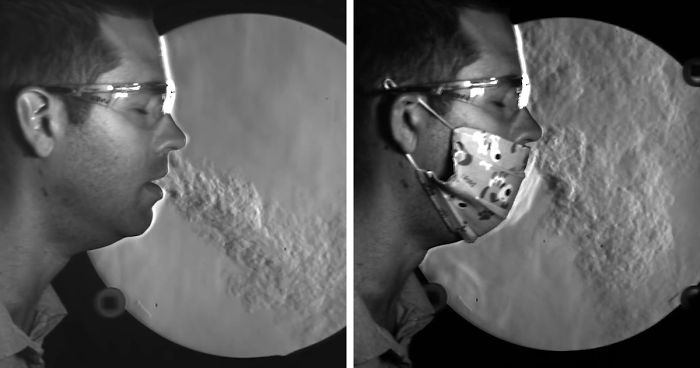
Slow Motion Video Shows How Well Different Masks Work To Stop The Spread Of COVID-19
Debates on whether people should or should not wear masks have started to heat up recently. And even though studies have been done before this point, it has prompted more studies to surface and become easier to access so that people are in the know.
Dr. Joe Hanson of the YouTube channel It’s Okay To Be Smart recently came out with a video giving a rundown of why people should wear masks, explaining one of the more recent studies done on the matter. Bored Panda got in touch with Joe Hanson for an interview on the topic.
Joe got into creating educational videos because understanding the world and the universe around one makes life richer and more enjoyable. And, during times like these, understanding science can also keep people safe and potentially save lives.
Coughs and sneezes are effectively invisible to the naked eye, but it’s made visible using Schlieren imaging
Image credits: Matthew Staymates/NIST
It’s a rare occasion for us to see someone’s sneeze (or sometimes cough) with our very own eyes—this is often the case if our oral expulsions pass through a ray of light. However, science decided to make them more visible to the naked eye using the Schlieren imaging technique and slow motion cameras (250 frames per second).
Schlieren imaging is a method of detecting the flow of air of different temperatures and densities. If you’ve ever noticed a distorted wavering above a hot road on a sunny summer’s day, that’s exactly it.
So, Matthew Staymates, a Fluid Dynamicist and Mechanical Engineer at the National Institute of Standards and Technology took this technique to demonstrate the flow of air when we talk, breathe, and cough. And it shows exactly how masks work to slow down airborne infections such as COVID-19.
The visualizations show that without a mask, coughing, talking, and breathing expels air straight outwards at varying speeds and distances. A virus present in the breath might travel up to 2 meters (6.5 feet), depending on the expulsion.
Science used this method to demonstrate how effective masks really are against the spread of COVID-19
Image credits: Matthew Staymates/NIST
Tests studied the airwaves of breathing, talking, and coughing, with and without a mask
Image credits: Matthew Staymates/NIST
However, whilst wearing a mask, air is still expelled, but at a much different trajectory, pace, and with several subtle nuances that work against viral infections.
First, the mask significantly reduces the air’s momentum, thus minimizing the distance a virus would travel to around 30 centimeters (or one foot). Besides this, air flow is redirected to the top and bottom of the mask and the visuals seem to show a significant reduction in momentum in these parts as well.
Moreover, airborne viruses like COVID-19 on their own are small enough to get past any conventional mask, but since they travel inside droplets of moisture that are big enough to get stuck in the fabric, it effectively stops the spread of the virus.
If one isn’t wearing a mask, the virus and its moisture bubble will travel farther, the bubble will evaporate enough for it to not be heavy and to be flown by a gust of wind, and can easily then get inside our systems if we happen to breathe it in.
They showed that coughing, talking, and breathing expels air straight outwards at varying speeds and distances
Image credits: Matthew Staymates/NIST
A virus present in the breath might travel up to 2 meters (6.5 feet), depending on the expulsion
Image credits: Matthew Staymates/NIST
But, the question is, why do some people avoid wearing a mask in the first place? Hanson sheds some light on the issue:
“It seems to be linked to local customs and norms. We can see that in places like Korea, Japan, Hong Kong and others, people quickly and widely adopted masks early on in COVID-19 outbreaks. That’s because wearing masks for health and infectious disease control is a more common and accepted practice in these places because of different cultural norms and their past experience with infectious disease outbreaks.”
He continued: “In places like the US, wearing masks isn’t ‘normal’. And, unfortunately, here in the US, this is a case where a public health and science issue has turned into a political issue, and instead of considering simply how masks can help us keep each other safe, people are thinking about what wearing a masks says about their politics. I wish that wasn’t the case.”
But with a mask air travels at a different trajectory, pace, and with nuances that work against infections
Image credits: Matthew Staymates/NIST
So, which specific masks work and which ones are the best? What the demonstration identified is that a bandana, a cloth mask, and an N-95 mask all have enough potential to significantly reduce the spread of a virus.
This is, of course, granted the person is wearing the mask properly (on their nose and mouth), and that the mask is not too tight or does not have too many layers. If you can blow out a candle or a match from a 30 centimeter (or one foot) distance while wearing the mask, you’re in the clear.
“It was surprising to learn that masks that are too thick or have too many layers—while they might seem to be more effective—may actually block too much air and end up forcing your breath (and any viruses) out the side of the mask, defeating the purpose,” said Hansen. So, if you want to be careful in making your own mask, it’s thus advised to not overdo it with the layers.
The current demonstration is supported by a number of other done previously, including Davis’ Petri dish experiment
Image credits: PBS/It’s Okay To Be Smart
Other previous studies further support the Schlieren study by Staymates. It’s Okay To Be Smart did an experiment of a person talking through a sheet of laser light and there was also another study by Dr. Richard Davis where he sang, talked, sneezed and coughed over Petri dishes—and they all proved the efficacy of masks. You can learn more about Davis’ study in this Bored Panda article.
We’ve asked Hanson to humor the idea of his video not being enough to convince certain folk and asked him what other methods could people employ in persuading someone to put on a mask. He had this to say:
“I think that the science is pretty clear here. I’m not sure what else we could show people about how and why masks work to drive the point home from a scientific basis. I worry that for some people, it may take getting infected with COVID or having someone they know and love get infected for this to really hit home, and I hope it doesn’t come to that.”
It’s Okay To Be Smart also did their own experiment with a sheet of laser light to detect droplets
Image credits: PBS/It’s Okay To Be Smart
The video also debunked a myth that masks reduce a person’s oxygen concentration—it doesn’t, and it’s proven by a short and straightforward video by Pete DeBalli, MD who tested his own blood oxygen saturation after 6 hours of medical work in an N95 mask.
The idea of the mask is to protect others from you, even if you are asymptomatic (which is a common case with COVID-19). It not only shows that you care about others, but also serves as a role model for how others should also care about those around them.
“It’s always worth reiterating that masks do a much better job of protecting other people from your germs than they do protecting you from other people’s germs. This video really made that clear for me and a lot of other people. It was interesting to learn that the virus is carried in droplets and that if they aren’t stopped close to your mouth, they can evaporate into very small aerosols that are extremely hard to control. So this underscores the importance of masks,” elaborated Hanson.
Oh, and those worrying about reduced oxygen levels whilst wearing a mask—this MD debunks the myth
Check out the full It’s Okay To Be Smart video on the effectiveness of masks below
Image credits: PBS/It’s Okay To Be Smart
Now, the YouTube video might be done within the context of COVID-19, but it can certainly serve as educational material for any airborne disease, whether it’s the flu or the common cold.
“I hope people will see how this applies to everything from the flu to the common cold,” elaborated Hanson. “I think we’ll be living differently in the future based on what we learn from COVID-19, and masks will be more normal for us. This video will be helpful for a long time, and I think it will stand the test of time on its own.”
So, COVID-19 is still at large—obligatory PSA time: wear a mask, wash your hands frequently, avoid touching your face, try to keep distance from other people, and maximize home time. And since you’re at home, why not tell us what you think about this in the comment section below!
You can find more interesting educational stuff (and subscribe to it) on Joe’s YouTube channel as well as his Twitter.
I have to agree with this guy. Shaming doesn't work. Scientific and medical evidence doesn't work either. I think the only thing that would change the mind of an anti-masker, would be if they or one of their loved ones became sick (or died).
Still wouldn't work. They would say their immune system was "compromised" somehow and they died of something else. The hospital just claimed it was COVID because "they're being paid off." Thank goodness stupidity isn't contagious, amirite?
Load More Replies...People who refuse to wear a mask should at least stay 6 feet away from other people. They are putting other people at risk, in their ignorance and stubbornness. Don't go out in public or go into stores then. In Texas, it is now the law to wear a mask in public. A lot of the stores will NOT allow you in without a mask. I've seen some of the most ridiculous posts and memes that are meant to support the anti-masker's "rights."
I don't want a covidiot jepodising my health from any distance away, unless they are 6 feet under.
Load More Replies...So a bandana is more effective than a N95 mask according to the pictures? Or am I wrong?
The pictures aren't showing transmission of the virus though. Only air disturbance. That is obviously of significant importance when considering how far the virus can be flung out into the air but doesn't take into account what actually gets through a mask in terms of the tiniest of particles including viruses.
Load More Replies...I have to agree with this guy. Shaming doesn't work. Scientific and medical evidence doesn't work either. I think the only thing that would change the mind of an anti-masker, would be if they or one of their loved ones became sick (or died).
Still wouldn't work. They would say their immune system was "compromised" somehow and they died of something else. The hospital just claimed it was COVID because "they're being paid off." Thank goodness stupidity isn't contagious, amirite?
Load More Replies...People who refuse to wear a mask should at least stay 6 feet away from other people. They are putting other people at risk, in their ignorance and stubbornness. Don't go out in public or go into stores then. In Texas, it is now the law to wear a mask in public. A lot of the stores will NOT allow you in without a mask. I've seen some of the most ridiculous posts and memes that are meant to support the anti-masker's "rights."
I don't want a covidiot jepodising my health from any distance away, unless they are 6 feet under.
Load More Replies...So a bandana is more effective than a N95 mask according to the pictures? Or am I wrong?
The pictures aren't showing transmission of the virus though. Only air disturbance. That is obviously of significant importance when considering how far the virus can be flung out into the air but doesn't take into account what actually gets through a mask in terms of the tiniest of particles including viruses.
Load More Replies...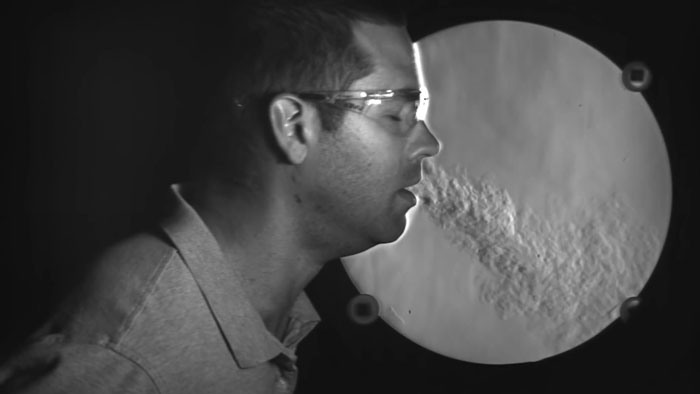
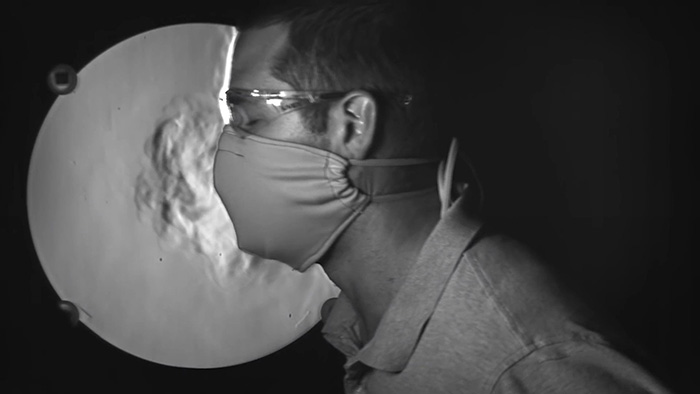
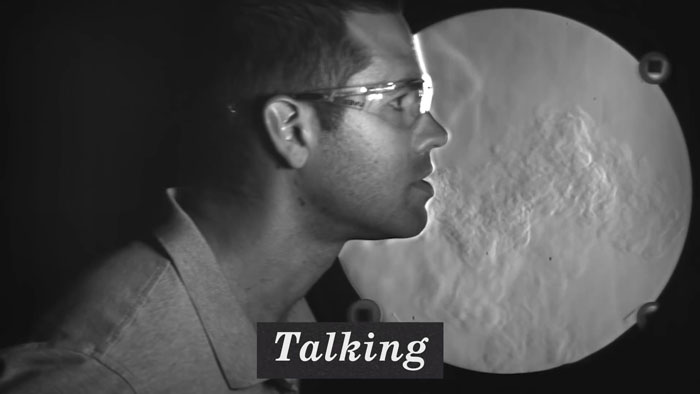
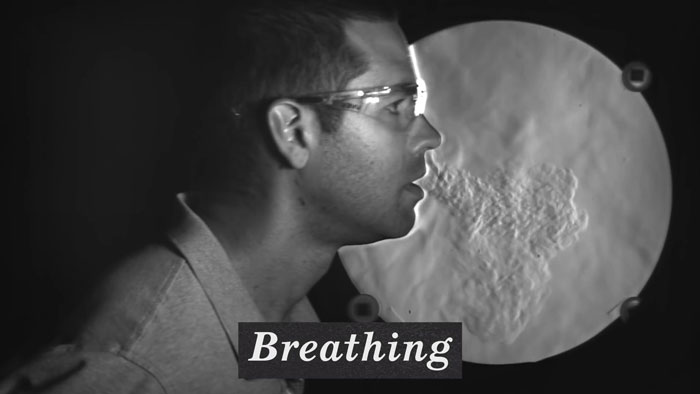
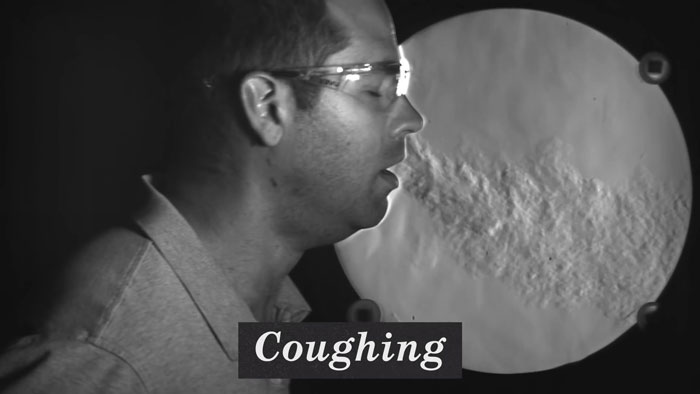
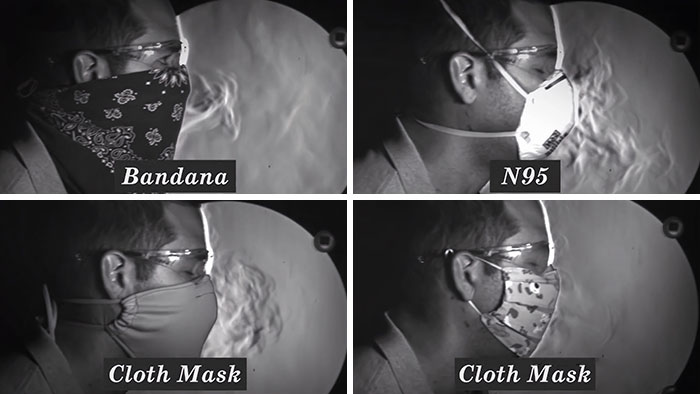
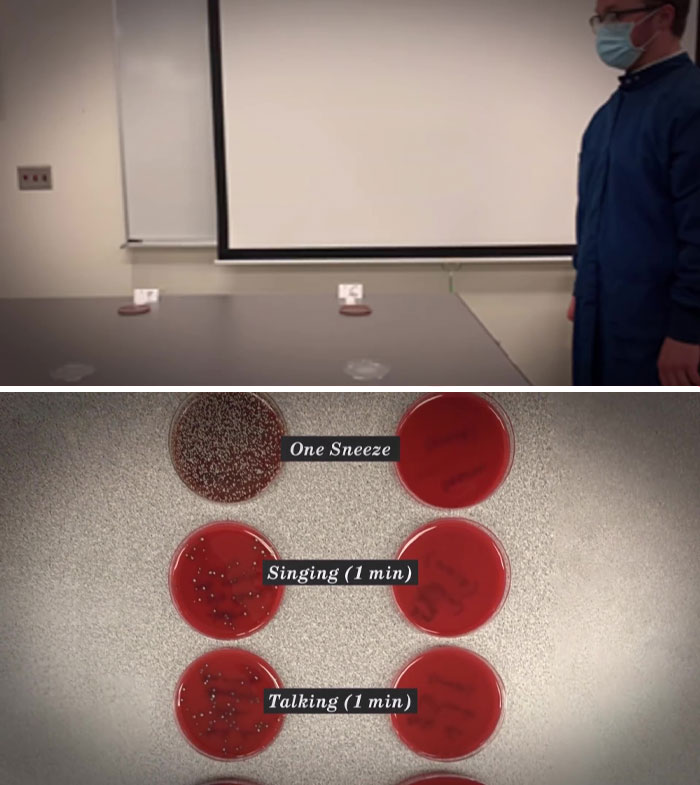
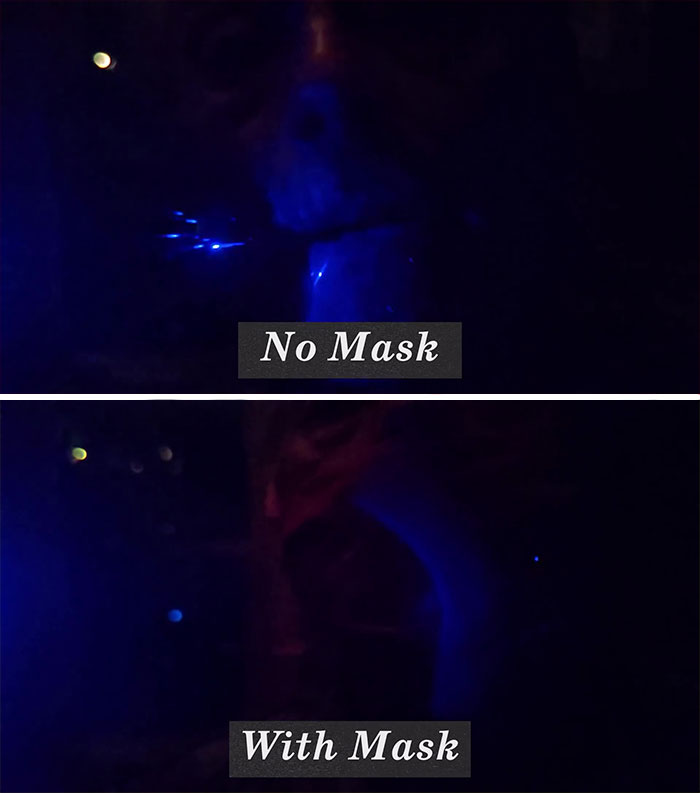



161
55